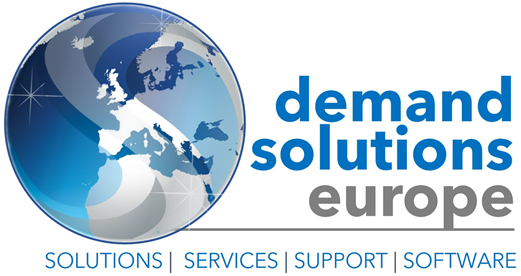
S&OP in The Current Climate
Businesses of all sizes have been affected by the current pandemic. The difference between those who will thrive during this time and those who will not often depends upon the level of insight they have of their own business and the environment within which they operate.
But in the current climate, what can we learn from the past? A strong and robust S&OP process has always been important, and the lessons learnt during the credit crunch of the previous decade can apply here. During that period, it was evident that businesses with effective functioning S&OP processes fared better than those that did not. Thanks to their S&OP process, they had better communication between departments, improved forecast accuracy, resulting in fewer supply disruptions and improved order fill-rates, but whilst having reduced inventory.
S&OP is a proven process that looks at the business as a whole, allows C level to align goals across the business, which in turn aligns the tactical activities to improve the business’s decision making and produce a coherent business strategy.
Utilising an integrated platform for your S&OP and indeed your SIOP processes will show one truth of the data, for all parts of the business, available to all.
Strategically focused companies utilising an integrated, built-for-the-job platform to run their S&OP processes are far better able to weather the downturns. Their comprehensive view on their business allows them to focus on the right signals and take the necessary actions, allowing them to maximise on the sales available, minimise excess inventory, and making the right plans that will stay within any financial confines.
During this pandemic, you should be considering the cadence of your S&OP Process, and how easily the data can be updated and made available for ad-hoc review. Information can change daily which can affect the direction the business is going. You may need to have an impromptu review based on the latest information from suppliers, major customers, or the general news.
Whatever is happening, ensure you are including the following within your S&OP process:
Monitor your plans against actual with cross-functional KPIs – this should include (but not be limited to):
- Sales vs Budget by volume, revenue, and profit
- Customer service levels
- Market share
Evaluate threats and opportunities through multiple, realistic, what-if scenarios
- Critical components – can they be sourced elsewhere? Impact of interruptions. Increase channels of communication with suppliers. What is their financial position? What are they seeing that you are not? What information can be shared between both parties that will benefit you both in the current climate?
- Customers and products bucking the trends – increase channels of communication with your major customers. What opportunities are they seeing? How can you help them capitalise on their opportunities? How can you help mitigate threats to their businesses? What sales are at risk? If they are at risk, mark them as such.
- Can any other data be leveraged to augment your understanding of your business? Store footfall? Weather?
- Consider the financial implications of all decisions – how will they affect cashflow?
Look to industry reports and other indicators for market insights
- What is trending in the market? What is happening in social media, and can this data be leveraged?
- How is your industry fairing compared with other industries? What can you learn from similar industries to gain insights into your own?
Consider the logistics capacity – do you have the space to hold any potential excesses? Look for short-term solutions.
Check the Financial implications of all scenarios – set upper and lower limits to highlight scenarios outside acceptable tolerances.
- Where can costs be cut without affecting customer service? Beware of the short-term implications vs long-term headaches: would a short-term cost-saving be more costly in the long-term?
- You need to consider expenditure if it brings with it short or long-term benefits to the business.
Get buy-in from all departments. Use the expertise within your business to make the right decisions for the business, not what is right for each department.
With or without a worldwide pandemic, the above should be built into your S&OP/SIOP processes anyway. You should be able to react quickly and easily to changes in information – Continuous Event-Driven Planning and Decision-making should be your goal.
And if you want to know the right time to start working on implementing or improving S&OP in your business, the answer will always be at least six months ago. But given that time machines are not available, now is currently the earliest time. It is always time to improve your process.


